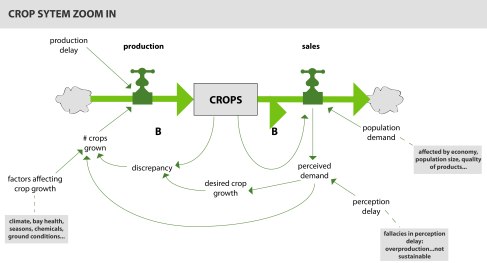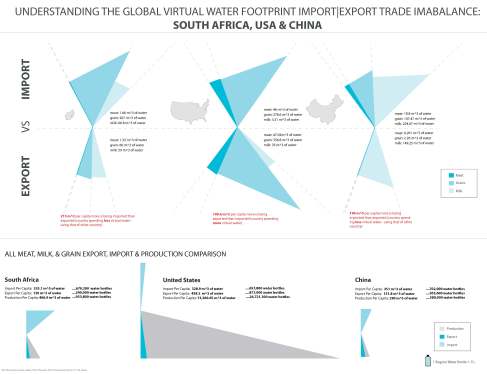When they say it’s hot in the desert, they mean it. When they say it gets cold at night in the desert, don’t be so sure of it: it is still hot at night (at least during the summer). When I bought my ticket to the desert, I had not read the part that said I would be driving 12 hours every day for the next 4 days in order to see the Sahara desert. The no refund policy of the ticket forced me to keep it. Little did I know that the daily 12 hours on the road would actually be a treat. When I first stepped out of the car in Marrakesh, Morocco, I thought I was standing next to a car’s engine. I came to realize the hot, dry air was actually coming up from the ground. It was 118 F that day. For a reason I don’t know the answer to, the sky in Morocco was grayish (but not like cloud gray, just a weird gray… look at the picture below), so you wouldn’t see the sun hitting you directly, but you could definitely feel it radiating back at you.
It was the month of Ramadan, and Morocco is not a secular country, so the arid heat would be further emphasized since you would have to wear pants and cover your shoulders (specially if you are a woman). You could feel the heat from the contact between your body and the fabric and the retention of it in the space in between slowly doze your brain off as the surrounding heat and objects would speed up the process of making you border a state of unconsciousness.
In the city, the structures’ tall roofs and cross ventilation helped to ease the heat and actually provided decent spaces to be in. People would gather in these spaces and wait for the day to pass on by ready for that moment, around 7 pm, when they could have water and food once again. To respect the culture and not offend anybody, we would also tried to abide by the rules of no drinking or eating during the day. It was as if we were part of the culture but we were definitely not like them: we are used to having regulated comfort zone temperatures and dress according to weather. In Morocco, we were far from the comfort zone and wearing the same amount of clothes we would wear in Fall. Culture shock was thus highlighted with thermal shock. It wasn’t necessarily a bad thing though, it in fact was very interesting and provoked a feeling of admiration and respect towards the culture (none of them complained about the heat or lack of water/food).
Back in the car, you could feel a stark contrast between the heat coming in through the windows and the cool air coming from the air conditioner. The effect would be that half of your body was really warm, and the other half, the one facing the air vent, would be cooled down. This imbalance would occasionally make you break into a sweat (because we weren’t drinking water, we didn’t even have enough fluids in our body to sweat the entire time).
Once in the desert, there was not escaping the heat. The breeze would do nothing but move the sand grains a couple of feet every so often. Never in my life have I felt such hot dry air. I am really grateful it was dry, I think I could have died if it was that hot and humid at the same time. What was really interesting, pretty obvious but not something you usually think about, was that the sand dunes would be unbearably hot on one side, perfectly divided by a continuous flowing line, and cool on the other depending on the sun’s position. If you touched this dividing line, you would feel it hot on one side and cool on the other. We therefore set up our camp on the “cool” side of the dunes, where the sand was nice to touch.
I had packed a pant and a long sleeve shirt to sleep in because “the desert gets cold at night”. But no, it did not. Even though you didn’t have the feeling of the sun’s rays attacking you directly, the place was still very hot. The sand was the only thing you could feel a significant difference in terms of temperature. The tents were unbearably hot. To be able to sleep, we had some red wine, the only drink that could be tolerably drinkable if hot, and moved the sleeping bags out of the tents (and slept on top of it, not in it). This way, the coolness of the sand made it decent enough to be able to fall asleep.
Now, this is what was actually happening in the Sahara: first of all, we all knew we were in the desert; seeing camels and sand dunes psychologically already created an inescapable perception of terrible heat way beyond our control. Secondly, you get little interception of the sun’s radiation since there is technically nothing (no shadows, no structures, no nothing really) so the ground is in almost direct contact with it (“almost” because of what is absorbed by the atmosphere, what is reflected back etc). The heat absorbed by the ground is then transferred into the air by conduction, which then moves on up through convection, ultimately heating up the entire place. In the Sahara’s dunes, the only thing there is is sand (and a few rocks scattered around almost never). The sand’s grains are so thin and dry that the capacity of heat retention is very low. Because of this, the sand heats up / cools down faster. This explains why the difference in temperature in each side of the dune (at certain times of day) is so dramatic. This also explains why the sand is unbearably hot during the day and cool at night. (The sand’s low retention capacity might also be why it was still hot at night – it releases all of the heat contained in it into the air, keeping it hot).
Overall, being in the desert is definitely terribly hot, but the experience is amazing and really a once in a lifetime thing (I don’t think I’d do it again). In the morning during sunrise, the sand was nice to sit on but faster than what you’d expect it started getting hot again – so we packed and left the incredible Sahara desert.
Sunrise at the desert:
Sources:










